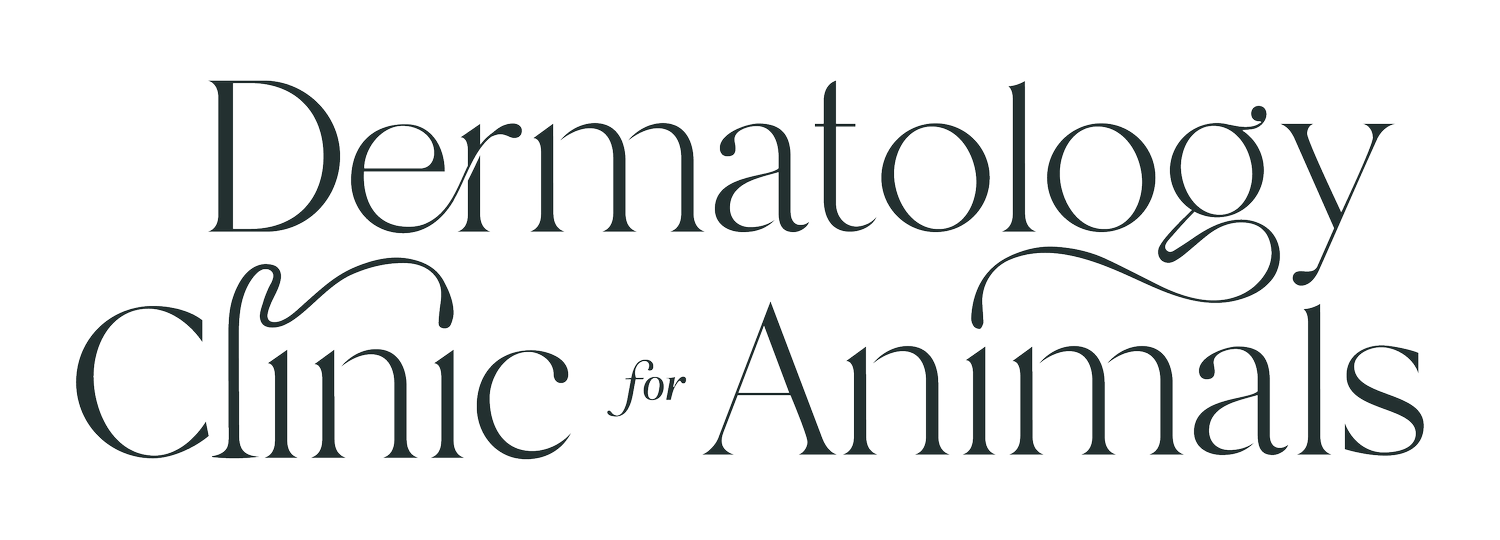Yeast Dermatitis
Also Known As: Malasezzia Dermatitis
-
Underlying causes for yeast dermatitis include allergies (fleas, food, pollen), skin parasites, hormonal abnormalities such as hypothyroidism or Cushing's disease, immunosuppressive conditions, or heritable keratinization disorders which can cause abnormal skin cell production.
-
Dogs of any age, breed, or gender can be affected by yeast dermatitis, but it occurs most commonly in animals with underlying causes such as allergies, hormonal diseases, or immunosuppressive conditions. Commonly affected breeds include West Highland white terriers, Bassett hounds, Cocker spaniels, and Springer spaniels. Although less common than in dogs, yeast dermatitis can occur in cats, especially in Persian cats or cats with underlying internal disease.
-
Symptoms include localized, multifocal, or generalized hair loss, red skin, and yellow crusting or scaling. The skin and fur may be greasy. In chronic cases, the skin becomes dark, thickened, and "elephant-like". Most animals are very itchy, and there is often an unpleasant body odor. Areas of the body commonly affected in dogs include the feet, underside of the neck, armpits, belly, and legs. In cats, yeast infections can involve the chin or face, or occasionally elsewhere on the body.
-
See Clinical Signs.
-
The diagnosis of yeast dermatitis is by clinical signs and by ruling out other causes of dermatitis such as bacterial or ringworm (fungal) infection or skin parasites. Diagnostics may include skin scrapes for microscopic analysis and fungal cultures of the skin/fur. Additionally, identification and treatment of the underlying cause of the yeast infection is very important, and other diagnostics may include trial therapy for scabies mites, a hypoallergenic diet trial, allergy testing, bloodwork for hormonal diseases, or skin biopsies.
-
The prognosis for yeast dermatitis is good, as long as the underlying cause is identified and treated. Some animals are not cured, but controlled with intermittent topical or systemic anti-yeast therapy.
-
The treatment of yeast dermatitis may involve topical therapy with antifungal shampoos or sprays (such as chlorhexidine, miconazole or ketoconazole products, or benzoyl peroxide shampoos) for localized lesions. Animals with more generalized infections are often also treated with systemic (oral) anti yeast medications such as ketoconazole or itraconazole for 2-4 weeks. Most animals will also require oral antibiotics for concurrent bacterial skin infections. Treatment of the underlying cause is also very important and may involve trial therapy for parasites, a hypoallergenic diet, allergy hyposensitization injections based on allergy testing, or therapy for any underlying hormonal or internal disease.
-
Prevention of yeast dermatitis includes keeping pets clean and parasite-free, and identification and treatment of the underlying causes of the infection.



